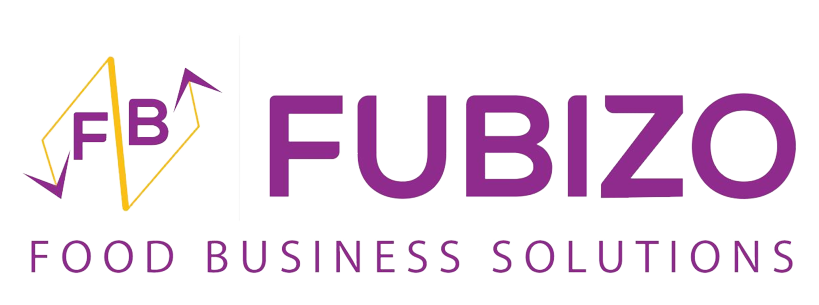We have all heard phrases like “innovate or die”, “if you don’t change with time, you’ll be left behind” and many more that basically yells out for companies to keep creating something new; either by changing a feature of current offerings or by completely creating something new. However, there is also a popular statistics that claims 90% of new products/startups die within 12 months of operations. So if the earlier statements are true, why does 90% of new offerings die out within 12 months?
In this article and articles to come, we discuss whether or not New Product Developments (NPD) is necessary (which could come in the form of current businesses innovating, or entrepreneurs finding and exploring potential products/services), how to know when NPD is actually necessary and how to introduce it to the market and how to increase the success rates of NPD.
The short answer for “Are New Product Developments Necessary?” Is YES, if it helps the market at the perceived value and NO, if it does not help the market at a perceived value. And if your current company does not develop new products that would help the market at the market’s perceived value, then you leave an opportunity gap for others to fill this opportunity gap. This is when the existing business actually face threats and when “innovate or die” applies. If the new offering does not help the market at a perceived value, then it is best to not proceed with a certain product/ innovation and if the business goes ahead, the potential waste and probability of failure is high. Therefore, it is important to now understand what “value”, “help”, “perception”, and “market” actually means to answer the question “Are New Product Developments Necessary?”
Value: My dad (who is a powerhouse manufacturing/operations consultant) used to say that value is something that helps us reach towards our goal and “value added” activities should be carried out even more to get us closer to the goal, whereas waste is defined as exactly opposite to the description of value; i.e. anything that gets us away from the end goal.
Perceived value differs from one to another, for example, if you’re selling baby food to a single man; no matter how good it is, it would NOT matter to that person since it would not help that person get closer to his goals. Selling pet food to a mother trying to feed her child isn’t going help the sales of the company at all. Talking Mandarin to an Indian guy that doesn’t understand the language wouldn’t help the bottomline of the company either. Therefore, a product/service of good value would actually help the offering’s market get closer to his/her/its goals. Understanding what the current offerings are and what ticks the consumer is also important so that the “solution” of this new offering could be highlighted when communicating the new offering. Therefore, the next important thing is to understand the market.
The market is basically who you are communicating to in offering this new product/service. There must be a strong understanding of the target market in order to know what makes the market tick (therefore being able to “help”), giving the right help at the right cost. The market inherently understands that there is a cost involved to solve its problems, however the perceived value needs to be communicated (aka branding) effectively and to the core of the solution in simple terms. In the next articles, we will discuss “New Products Development: Understanding the Market”.


Add a Comment
You must be logged in to post a comment